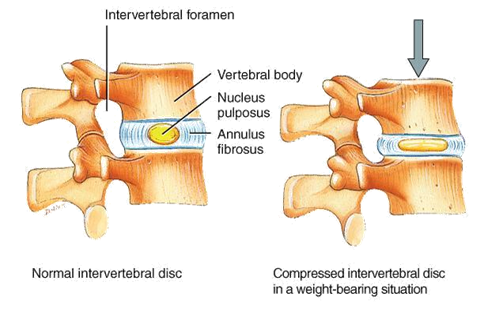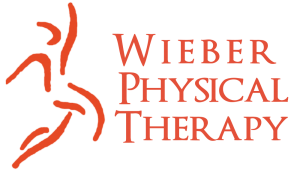
By Greg Schroeder MPT
The disc is made up of a tough outer cover called the annulus fibrosus which is composed of collagen fibers arranged in concentric sheets around the nucleus pulposus. The nucleus pulposus is also composed of collagen, but also contains high levels of proteoglycans which attract and retain water. The nucleus also contains a hydrated gel-like material that resists compression.
What does the disc do? As you read in the previous paragraph the disc resists compression. Discs are the spines shock absorber. Discs make up approximately one fourth of the length of your spinal column and are found between each of the vertebral bodies except for C1 and C2 the upper most bones in your spine and the sacrum and the coccyx which can be thought of as the lower bones in your spine. The discs are the shock absorbers for the spine and protect the vertebral bodies, brain and nerves. The discs also allow motion to occur in the spine.
How do we keep our discs healthy? Don’t age. As we get older our discs lose some of their ability to retain water and keep their shape. Ok so that not ageing thing might be kind of tough, but don’t worry there are other things we can do to keep our discs and backs happy. Improve your posture- core strengthening and general strength training will not only help your discs, but also contributes to improved bone health, improved functioning and improved satisfaction in life. Lift with good body mechanics- lift with the legs and not the back to reduce pressure on the discs. Maintain a healthy weight, quit smoking, sleep on a supportive mattress and drink plenty of water.
Sources:
Kapandji. The Physiology of the Joints Vol. 3
Bridwell, Keith. MD. Intervertebral Discs. Spine Universe

Leave a Reply
You must be logged in to post a comment.